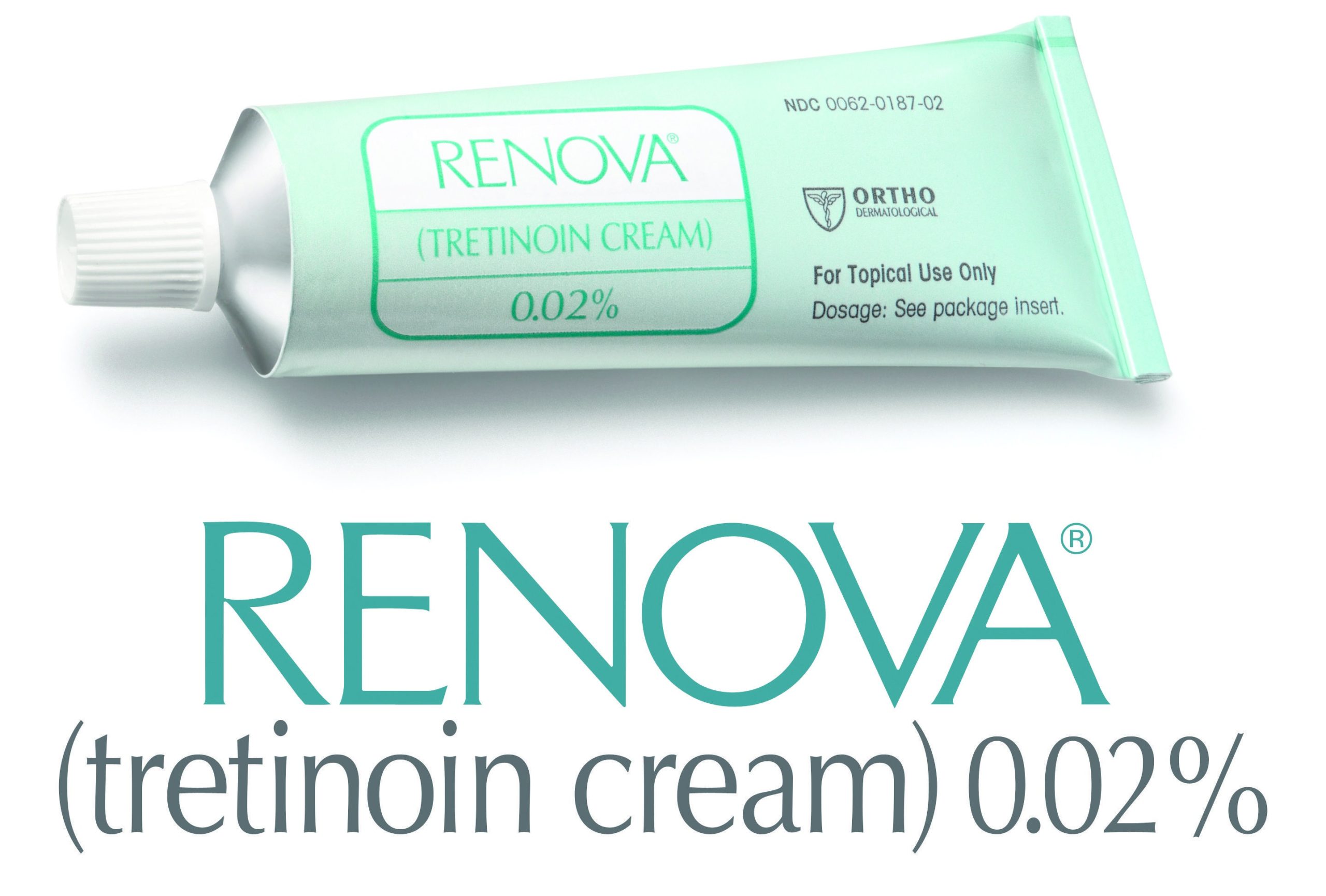Tretinoin has been proven in numerous clinical studies to treat acne, hyperpigmentation and signs of ageing. It speeds up cell turnover and stimulates collagen production.
After cleansing, apply a pea-sized amount of tretinoin cream to your skin every third night before bedtime. Applying more increases the risk of dryness and irritation.
Acne
The main reason that people take tretinoin is for acne, but it’s also effective at reducing signs of sun damage and aging. This is because it’s a retinoid, and retinoids have been shown to help speed up skin cell turnover and promote the growth of healthy new cells.
Tretinoin is a comedolytic, which means that it helps slough away dead skin cells that can block pores and attract bacteria that lead to acne. It’s also anti-inflammatory, which reduces the inflammation that causes redness and swelling of acne lesions.
Doctors prescribe tretinoin in various strengths, but typically start patients on the lowest strength (0.25%) and move them up to 0.05% or 0.1% as their skin becomes used to it. They may advise patients to use it alongside a topical treatment like benzoyl peroxide, but they should avoid other products that irritate the skin, such as astringents and skin peelers, unless their doctor approves them.
Melasma
Melasma is a skin condition that looks like patches of darkened color, often on the face. It’s most common in women, especially during pregnancy (when it’s sometimes called “chloasma” or the “pregnancy mask”). It can also occur with certain medications and treatments, and is more likely to affect people of color.
Tretinoin cream can help fade melasma and other hyperpigmentation, though it won’t erase it completely. It can also be used in combination with other treatments, including chemical peels, laser therapy, and platelet-rich plasma injections.
To treat melasma, your dermatologist may prescribe a topical retinoid or a triple combination cream that contains tretinoin, a mild corticosteroid, and hydroquinone to even out your skin tone. Or, they may recommend an oral prescription medication called tranexamic acid, which has been shown to be effective for melasma. Your doctor may also suggest exfoliating your skin or using other brighteners, such as kojic acid, to improve the appearance of these spots.
Sun damage
The sun’s UV rays invisibly penetrate your skin to damage your fibroblast cells that produce collagen and elastic tissue, which leads to fine lines and wrinkles. Over time, the sun also causes hyperpigmentation and mottled skin tone (age spots).
Retinol, a derivative of vitamin A, stimulates cell turnover and encourages collagen production to help set damaged cells on a healthier course. It’s a highly effective treatment for sun damage. After several months of continued use, studies show that tretinoin reduces coarse lines and wrinkles, improves the texture of your skin, evens out your complexion and fades blemishes like dark spots, freckles and melasma.
It’s important to note that retinoids can make your skin more sensitive to the sun, so always apply sunscreen and avoid direct sunlight. A sunscreen with an SPF 30 or higher is recommended. It’s also a good idea to avoid using any other irritant or harsh skincare ingredients while you’re on tretinoin.
Fine lines and wrinkles
Retinoids have long been used to treat acne, but they also help with the visible signs of aging. They fade actinic keratosis spots, even skin tone and reduce fine lines around the mouth and eyes. In fact, many dermatologists recommend starting a retinoid regimen in your 20’s to prevent future wrinkles & skin discoloration.
Topical vitamin A-based retinoids such as tretinoin (Retin-A, Renova, Tretin-X) stimulate the growth of new skin cells & accelerate the turnover of old cells. This smoothes the complexion & helps diminish fine lines & wrinkles, fades hyperpigmentation & reduces sun damage.
When applying tretinoin, use a pea-sized amount on cleansed skin each night. Avoid exposing the skin to sunlight afterward. It’s best to start using it every third night at first & gradually increase usage as your skin gets used to it. If you experience dryness or peeling, try using a moisturizer with your retinoid. It’s important to remember that retinoids can cause your skin to be sensitive, so it’s best to use them in conjunction with a broad spectrum sunscreen.
